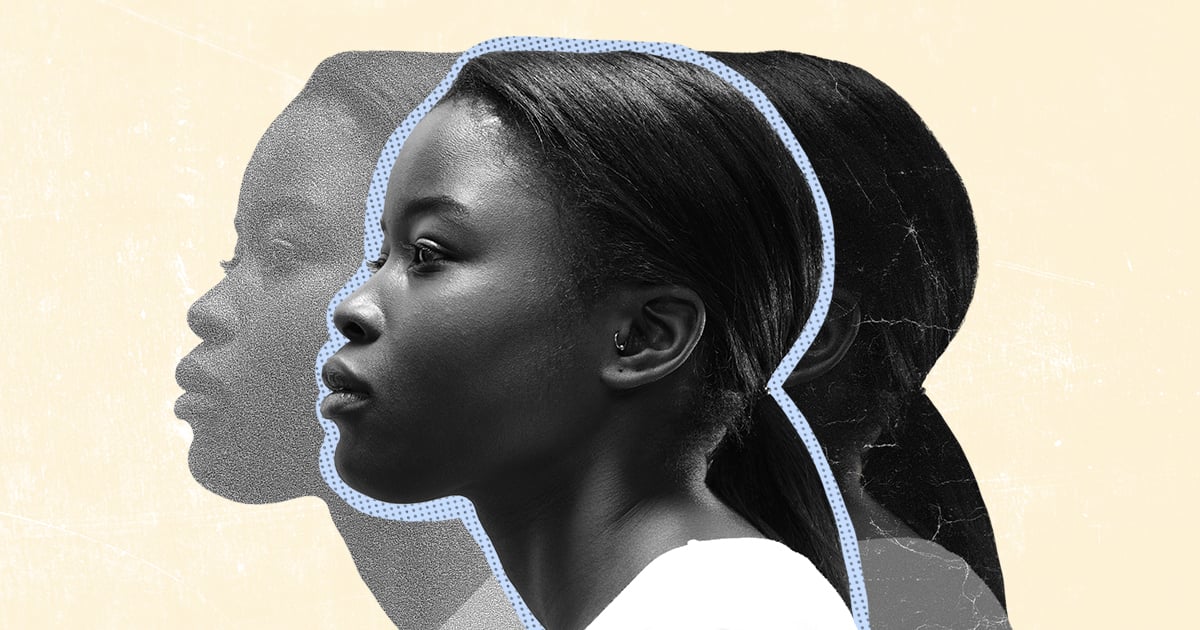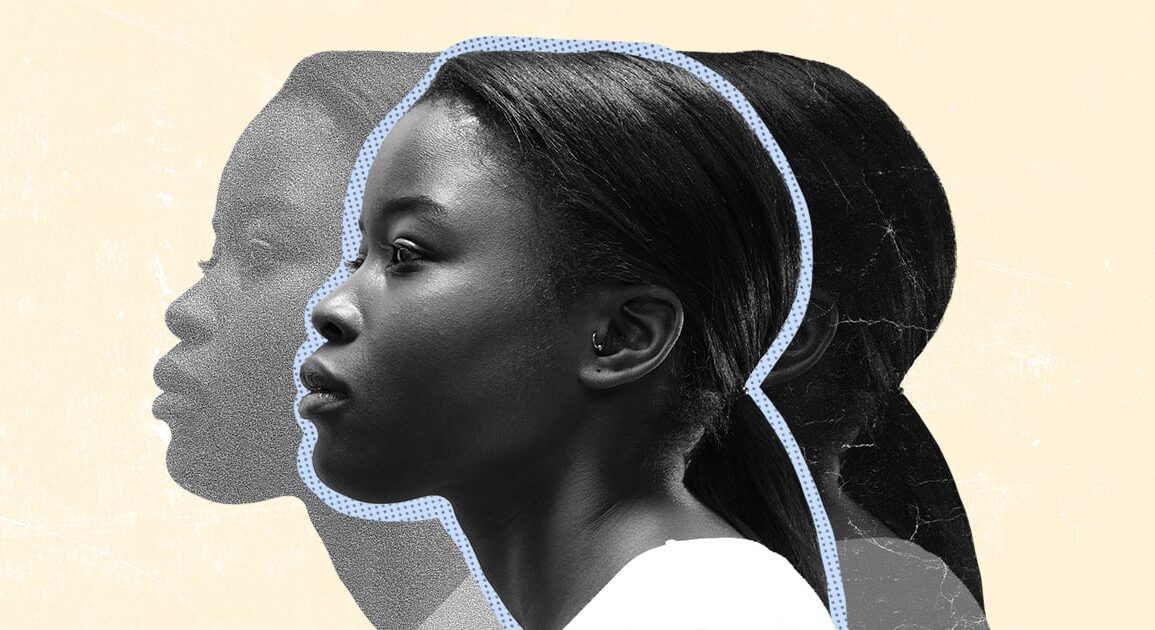
Back in January, while visiting the Yucatán Peninsula in Mexico, I decided to take part in a temazcal ceremony — an ancient Mayan practice said to cleanse the spirit and heal. My guide Berenice first cleansed everyone participating with billowing smoke from an urn and instructed us to crawl into the igloo-shaped stone temazcal. Inside the dark vessel, I sat cross-legged as she asked us to set an intention and ground ourselves in the present moment before journeying through the “four doors.”
I closed my eyes and took a deep breath. Seconds later, the door opened and a giant volcanic rock held by a shovel lit up the room and was carefully placed at the center of the group. Berenice then poured water infused with rosemary, rue, mint, and chamomile to create more steam, guiding us through each door over a 45-minute journey, where we sang, cried, shared, let go, and sweat. After the ceremony, Berenice shared something that stuck with me: she told me I would break the generational trauma in my maternal lineage.
I burst into tears after the revelation. I was so embarrassed during my outburst, apologizing through muffled words for letting my emotions pour out. I judged myself as I cried well into the night. But I let the tears flow. I could feel the weight of her words because, as my mom often says, quoting Langston Hughes, “Life for me ain’t been no crystal stair.” The hardships from her upbringing, I realized, have reverberated through our relationship as mother and daughter.
Since my time in Mexico, I’ve been pondering the bigger question: what are generational curses and traumas? More specifically, what can these look like for Black women?
Experts Featured in This Article
Stacian Watts, MSc, RP, is a registered psychotherapist and the founder of the Toronto-based Watts Psychotherapy.
“Generational curse is not a clinical term that I would use,” says registered psychotherapist Stacian Watts. Instead, she uses the term “intergenerational patterns” to describe negative behaviors, beliefs, or experiences that are passed down through generations and even a cultural group. This also differs from generational trauma.
“When we talk about generational trauma, we’re referring specifically to the transmission of trauma across generations, where the effects of past traumatic events continue to impact descendants’ mental, emotional, and physical health,” Watts says.
I’ve realized that disruption, for me, starts by putting my mental and physical health first — something that hasn’t always been a priority in my maternal lineage.
In the months since my revelation in Mexico, I’ve realized that disruption, for me, starts by putting my mental and physical health first — something that hasn’t always been a priority in my maternal lineage. My parents, their parents, and so on grew up poor and Black in the Jim Crow South. For my enslaved great-great-great-grandparents and the generations after them, taking care of their health wasn’t accessible because survival was the most pressing matter.
According to Watts, Black women continue to be impacted by this legacy. “I think what we see right now is a result of the history and the legacy of enslavement, and it’s manifested in different ways over time,” she says. “Black women specifically, we face a unique challenge because we’re dealing with the intersection of racism, sexism, and misogynoir and economic disparities, and the research shows that the intersection of all of that sets us up to be at greater vulnerability for mental and physical health issues.”
For example, one preliminary study funded by the National Institutes of Health found a link between stress and the development and severity of fibroids, suggesting stress induced by systemic racism, in addition to other factors, may explain why Black women are more likely to develop fibroids than other racial groups. As someone gearing up for a third and fourth fibroid surgery this year, this study feels both disheartening and validating.
Additionally, there is a link between mental and physical health for ailments like high blood pressure, with decades-old studies finding that Black women have the highest rates of hypertension compared to women of other racial and ethnic groups. Other research has found that gender- and race-related stressors have an effect on these numbers.
For me, breaking these patterns has been a holistic journey as I explore them through therapy and spiritual grounding. Watts agrees that healing through spiritual work, like the kind I did in Mexico, alongside therapy, can be impactful. “Therapy has its limitations when you’re talking about doing traditional psychotherapy,” Watts says. “This is work designed by white men, so it is very limited in terms of the strap of healing and insight that it can offer. We don’t know everything there is to know about ways people experience healing. And there is a lot of wisdom in our communities and our culture and ancestry that more and more people are tapping into these days.”
Therapy was an important start for me to address my anxiety that felt like it popped up out of nowhere, but I also found I needed more help to manage it. I’ve been on Lexapro for three years, though adding medication to my mental health work was a difficult choice because of the stigma associated with antidepressants within the Black community. When family members or friends see me take my daily dose, I’m often met with, “Why do you need that?” But this step, in tandem with weekly therapy, gave me control over my life again. I still experience anxiety, but I have the tools to manage it.
I also stay on top of checking my numbers. I check my blood pressure daily with an at-home monitor and my hemoglobin levels at least quarterly. But if I feel tired or start to have ice cravings (which are both symptoms of anemia), I schedule blood work. Not keeping track of these is a significant intergenerational pattern in my family lineage that has historically resulted in hospitalization before remedying things like high blood pressure (which is linked to anxiety and stress), diabetes, and fibroids.
I’ve also initiated more conversations with my parents about health ailments that run through our family. These always lead to more extended discussions where I hear their hopes, dreams, regrets, and funny stories from the past. It’s a change in conversation I welcome, so I can document this oral history for future generations. Watts says this is a great place to start. “You don’t have to start with the worst thing that’s ever happened in the family,” she says. Instead, she suggests leading with curiosity. “Ask them stories about the things that brought them joy, [so] you build on that so the person feels like you’re showing a genuine interest in them and you don’t have an agenda. From there, they might be more open to sharing the more vulnerable stuff.”
Delving into intergenerational patterns does require discussing the hard stuff, something I’m also doing with my parents. With that, Watts reminds us: “You do not dishonor your parents or your family by talking about the truth. You can acknowledge they did the best they could and loved you in their way, but they also caused harm, and one doesn’t necessarily negate the other. They can coexist and offer a more complex understanding of who you are and where you come from.”
Bianca Lambert is a filmmaker, journalist, creative producer, and proud Atlanta native. Since 2019, Bianca has worked as a wellness and beauty journalist penning stories that champion inclusivity and self-expression. In addition to PS, her work has appeared in Essence, People, Bustle, Byrdie, HuffPost, Who What Wear, and more.



